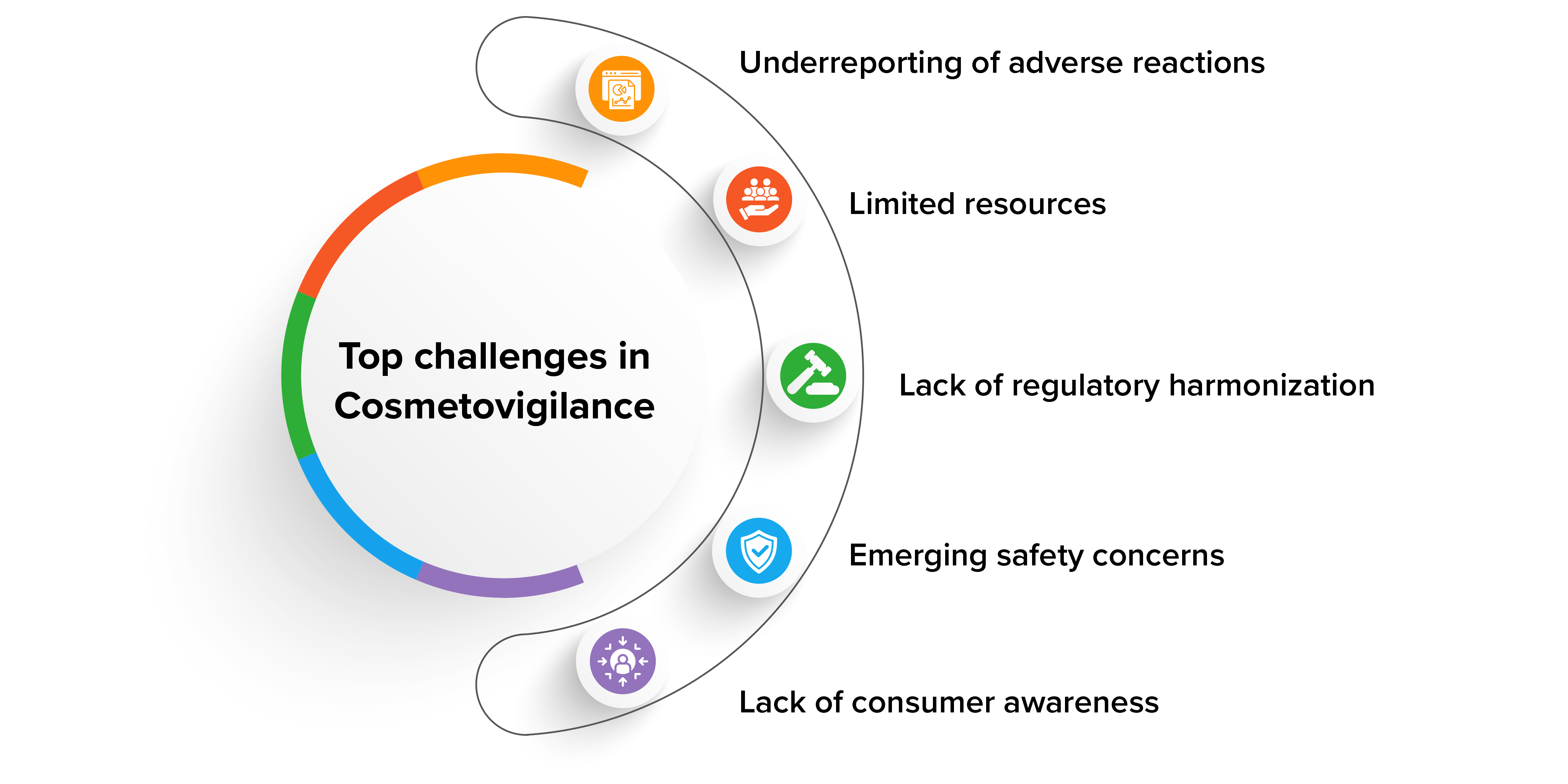
Cosmetovigilance is a field that deals with monitoring and evaluating the safety of cosmetic products. It plays an important role in ensuring the safety and well-being of consumers who use cosmetic products on a daily basis. With the growing popularity of cosmetic products, there is a pressing need to ensure their safety and effectiveness. In this article, we will explore the importance of cosmetovigilance in ensuring safe beauty products.
Cosmetic products are used by millions of people worldwide. They include a wide range of products, such as skin care products, hair care products, perfumes, makeup, and more. Although these products are designed to enhance our appearance and boost our confidence, they can also pose potential risks to our health and well-being.
The safety of cosmetic products is regulated by various government agencies worldwide. These agencies, such as the US Food and Drug Administration (FDA) and the European Union (EU), have established regulations that govern the safety and efficacy of cosmetic products. However, despite these regulations, there are still concerns about the safety of cosmetic products, as some products may contain harmful ingredients or have adverse effects on certain individuals.
This is where cosmetovigilance comes into play. Cosmetovigilance is the practice of monitoring and evaluating the safety of cosmetic products. It involves collecting data on adverse reactions and other safety concerns related to cosmetic products and using this information to improve the safety of these products.
The importance of cosmetovigilance can be seen in the following ways:
- 1. Identifying potential safety concerns: Cosmetovigilance helps identify potential safety concerns related to cosmetic products. By monitoring adverse reactions and other safety concerns, cosmetovigilance experts can identify potential safety issues before they become widespread. This enables regulatory agencies and cosmetic companies to take appropriate measures to address these issues and prevent harm to consumers.
- 2. Ensuring compliance with regulations: Cosmetovigilance helps ensure compliance with regulations governing the safety and efficacy of cosmetic products. By monitoring the safety of cosmetic products, cosmetovigilance experts can ensure that cosmetic companies are complying with the regulations set by government agencies. This helps ensure that consumers are not exposed to harmful ingredients or products that do not meet the required safety standards.
- 3. Improving the safety of cosmetic products: Cosmetovigilance plays an important role in improving the safety of cosmetic products. By identifying potential safety concerns and ensuring compliance with regulations, cosmetic safety experts can work with cosmetic companies to improve the safety of their products. This can involve reformulating products to remove harmful ingredients, improving labelling and packaging, and conducting further testing to ensure the safety and efficacy of these products.
- 4. Enhancing consumer confidence: Cosmetovigilance also helps enhance consumer confidence in cosmetic products. By ensuring the safety and efficacy of cosmetic products, cosmetovigilance helps build trust between consumers and cosmetic companies. This can lead to increased sales and greater consumer satisfaction.
However, there are several challenges that need to be addressed in order to improve the effectiveness of cosmetovigilance efforts. Here are some of the main challenges:

- 1. Underreporting of adverse reactions: One of the biggest challenges in cosmetovigilance is the lack of a standardized system for reporting adverse reactions related to cosmetic products. This can lead to underreporting of adverse reactions, which in turn can hinder the ability of regulatory agencies and cosmetic companies to identify potential safety concerns and take appropriate measures to address them.
- 2. Limited resources: Cosmetovigilance activities require resources such as funding, personnel, and technology. However, many regulatory agencies and cosmetic companies have limited resources to devote to cosmetovigilance activities. This can hinder their ability to effectively monitor and evaluate the safety of cosmetic products.
- 3. Lack of regulatory harmonization: Different countries have different regulations governing the safety and efficacy of cosmetic products. This can lead to confusion and inconsistencies in reporting adverse reactions and evaluating the safety of cosmetic products. In order to improve the effectiveness of cosmetovigilance, there needs to be greater harmonization of regulatory requirements and procedures across different countries.
- 4. Emerging safety concerns: New ingredients and formulations are constantly being introduced in cosmetic products, and their safety is not always well understood. This can make it difficult for regulatory agencies and cosmetovigilance experts to keep up with emerging safety concerns and take appropriate measures to address them.
- 5. Lack of consumer awareness: Many consumers are not aware of the potential risks associated with cosmetic products, or how to report adverse reactions. This can hinder the ability of regulatory agencies and cosmetic companies to collect accurate and timely data on adverse reactions related to cosmetic products.
Cosmetovigilance plays an important role in ensuring the safety and effectiveness of cosmetic products. By monitoring the safety of cosmetic products, identifying potential safety concerns, and ensuring compliance with regulations, cosmetovigilance helps protect consumers from harm and build trust between consumers and cosmetic companies. While there are challenges that need to be addressed, the importance of cosmetovigilance cannot be overstated.
Addressing these challenges will require collaboration between regulatory agencies, cosmetic companies, and cosmetic safety experts. This may involve increasing funding and resources for cosmetovigilance activities, improving regulatory harmonization, and increasing consumer awareness about the importance of reporting adverse reactions related to cosmetic products, developing standardized reporting systems and utilizing efficient cosmetovigilance solutions. DF Safety AI is one of the most highly versatile solutions that can effectively address the needs of cosmetovigilance with its AI/ML powered and automated features.
Click here to know more about how DF Safety AI modernized the Cosmetovigilance processes for a global cosmetics company.

